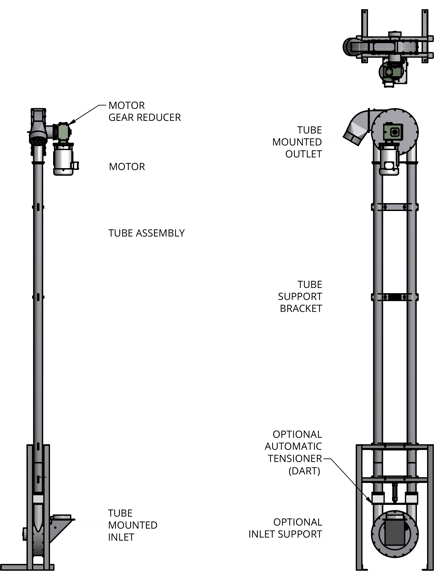Aero Mechanical Conveyors
System OVerview
Our Aeroflow aero mechanical conveyors feature a high-speed cable assembly with evenly spaced discs made of polyurethane housed in a tubular structure. This innovative design creates a consistent airstream that fluidizes and transports materials efficiently.
As leading conveyor manufacturers, we offer advanced conveyor solutions that align with top conveyor technologies. Our systems, comparable to flexible screw conveyors, are designed to meet your operational needs with excellence.
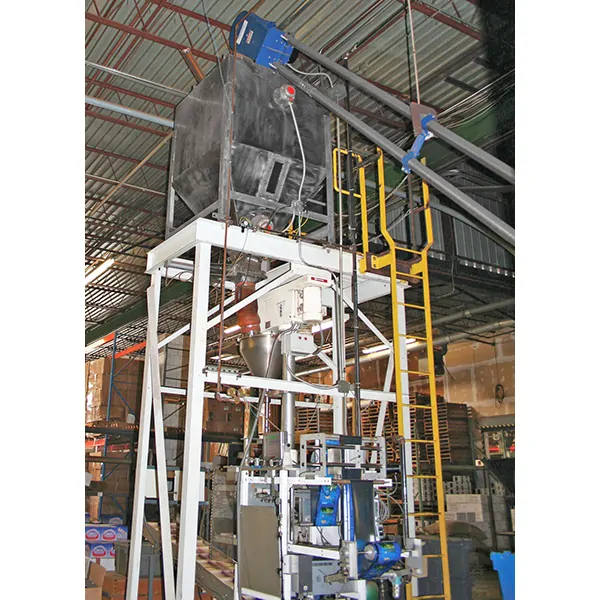
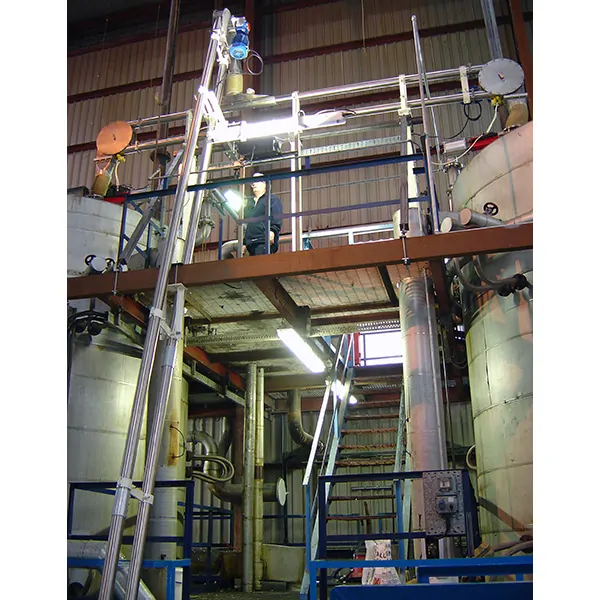
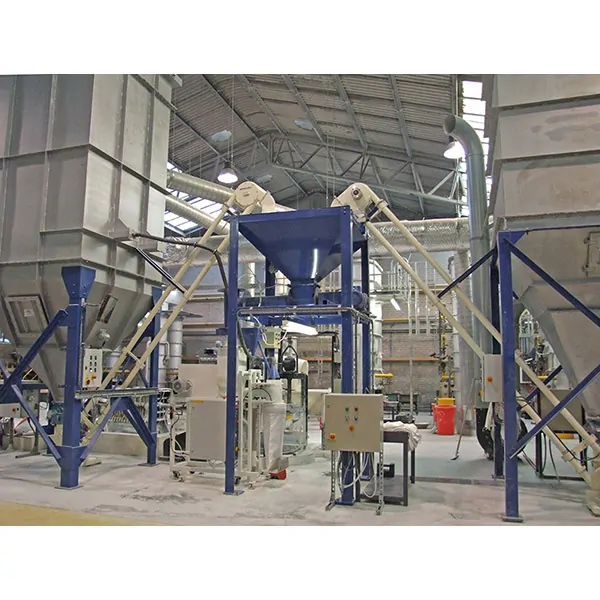
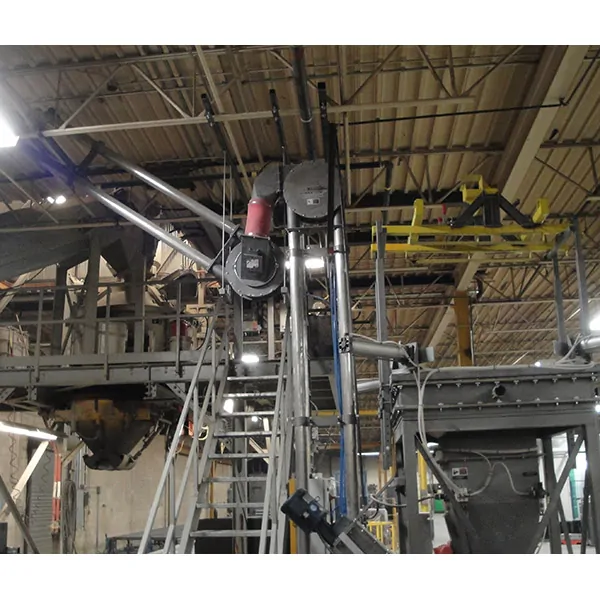
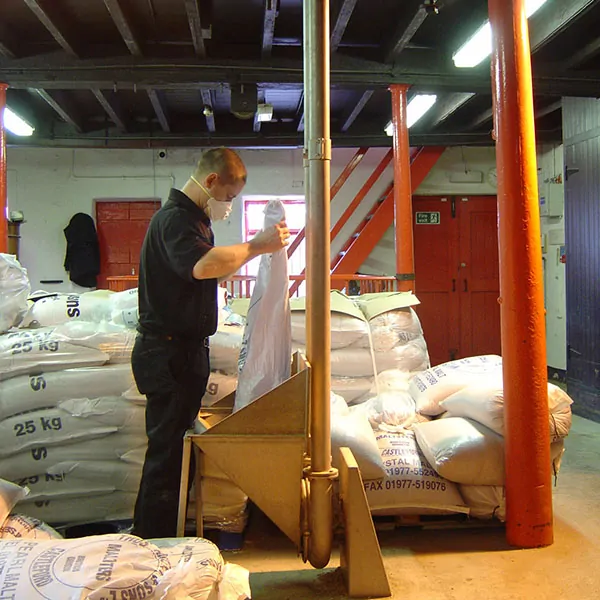
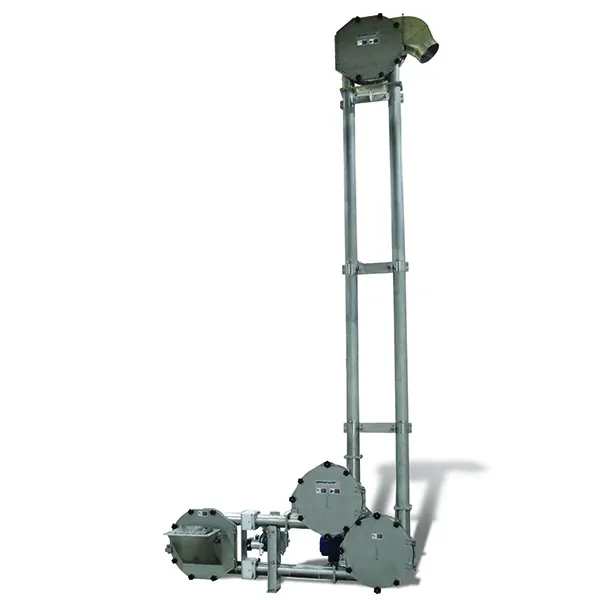
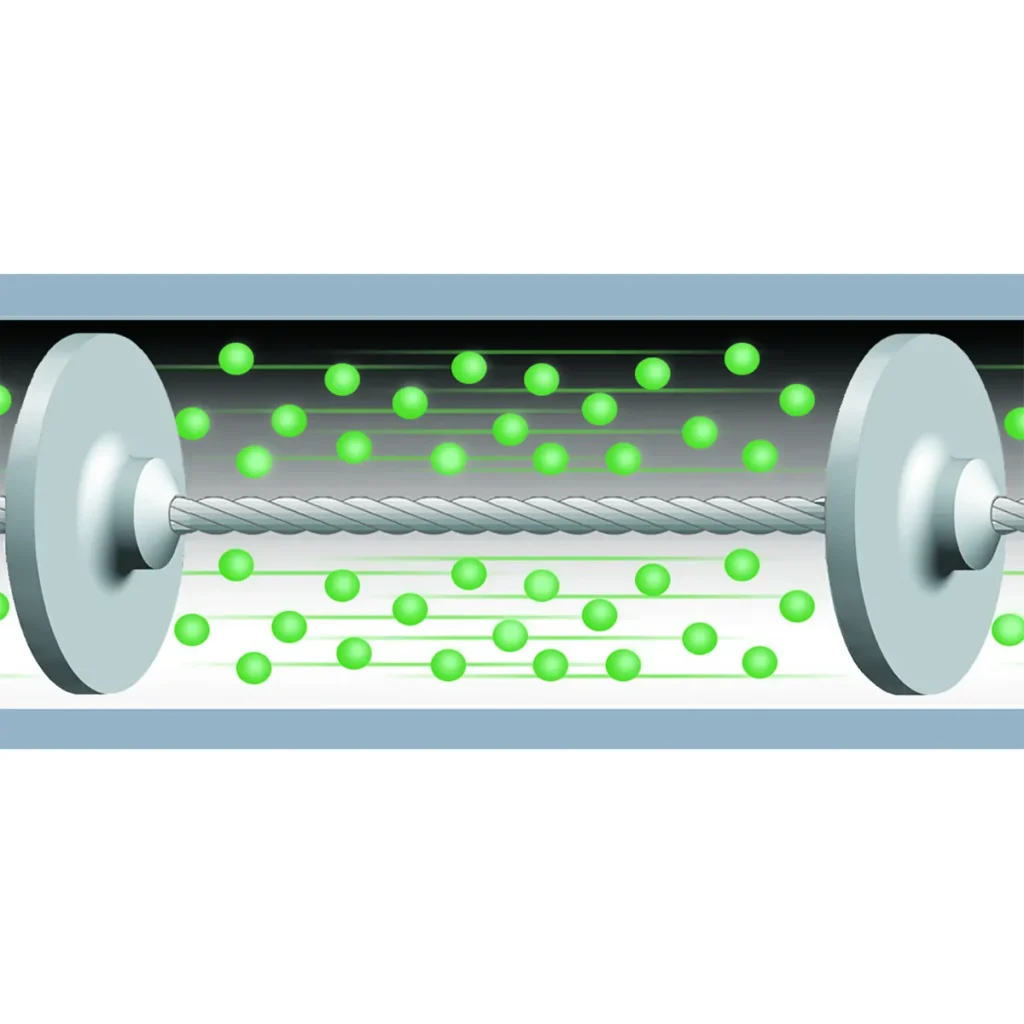
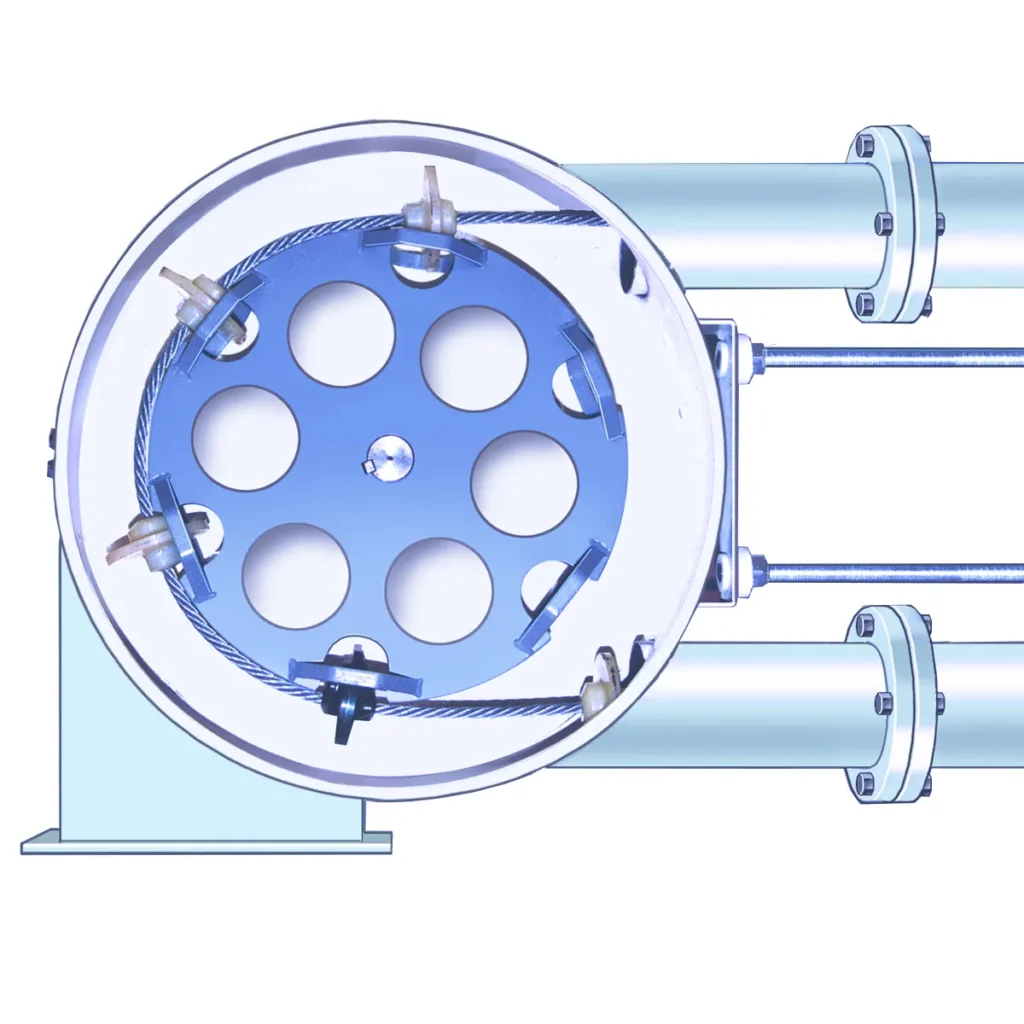
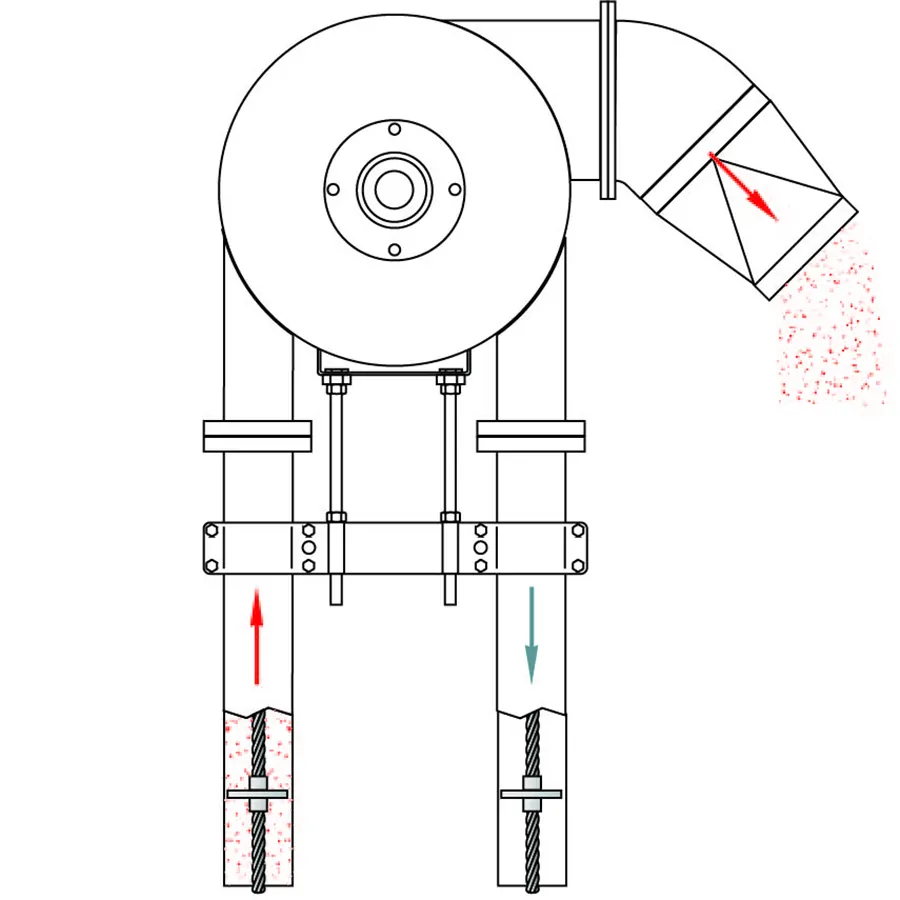
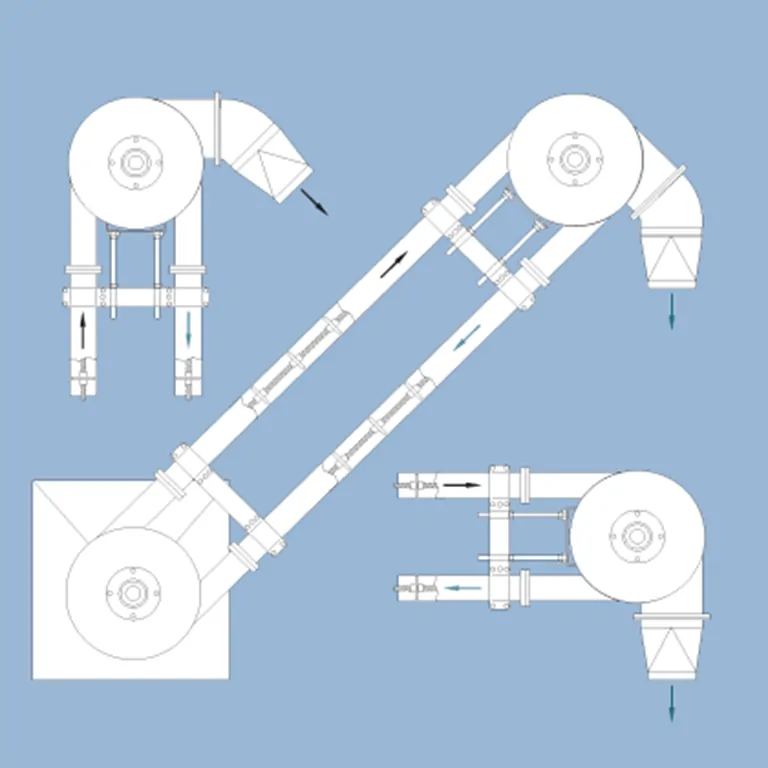
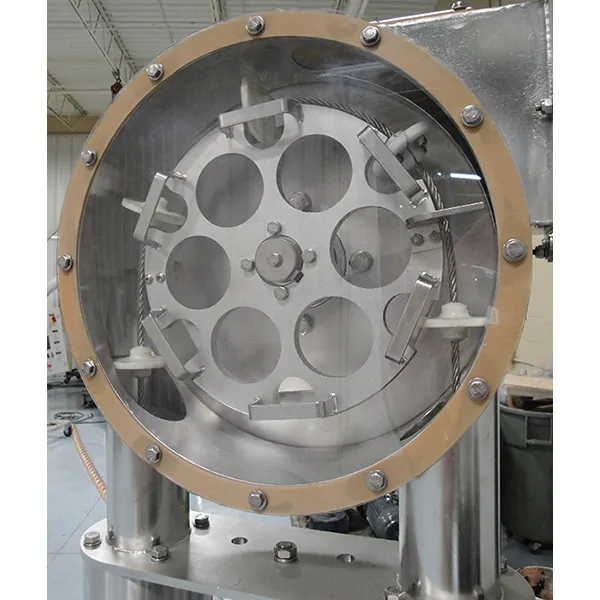
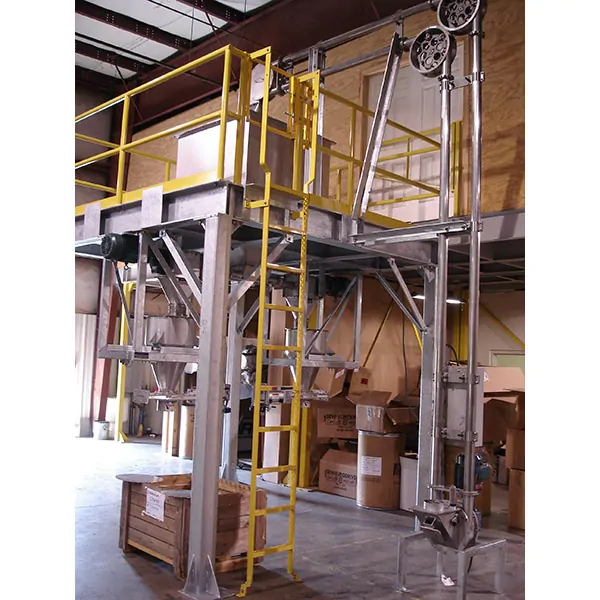
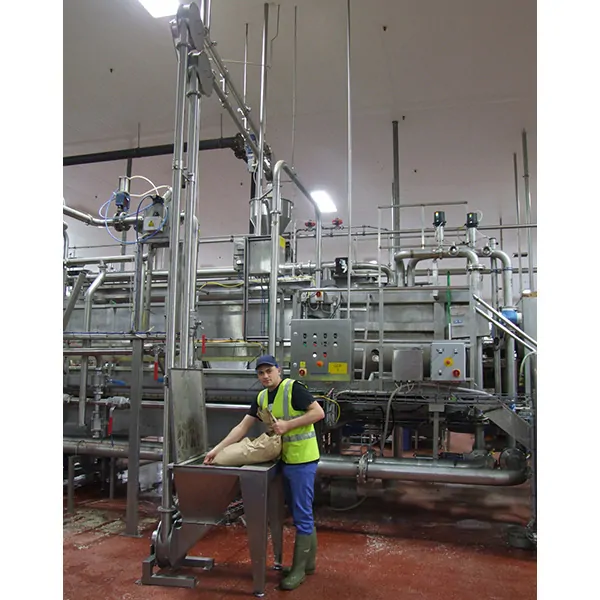

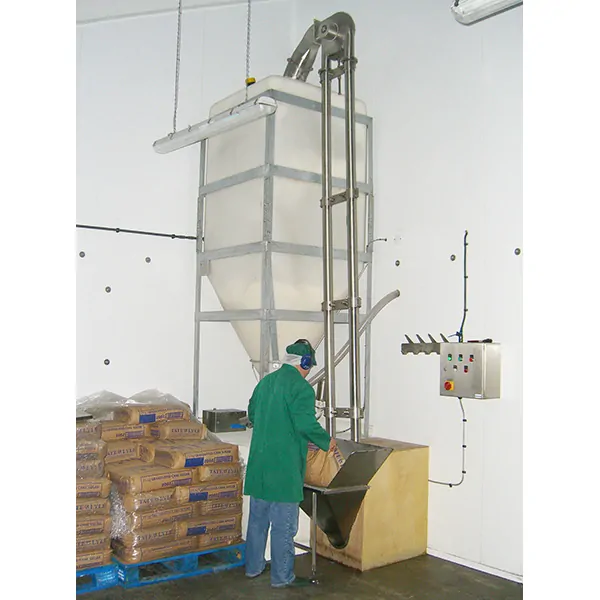
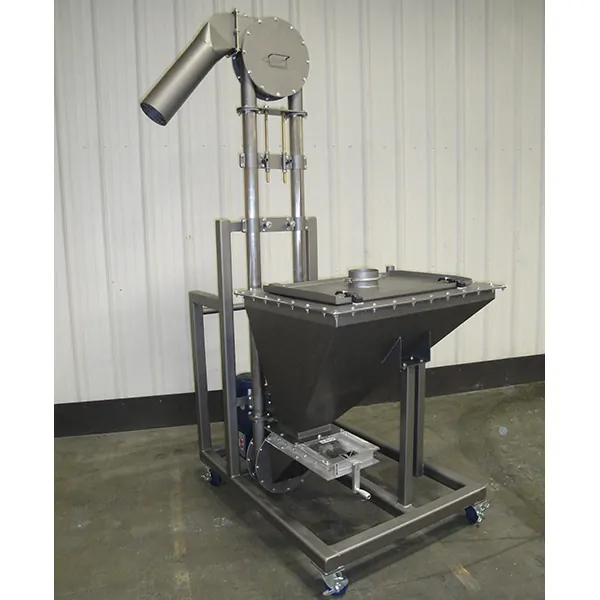
Benefits
Being a top-tier conveyor systems manufacturer, Spiroflow has established a global presence with our aero mechanical conveyors. These systems are renowned for their reliable operation in various industries worldwide.
Our conveyors operate within a completely enclosed tubular system, making them ideal for the transfer of even the smallest grain materials, completely dust-free. This feature positions us as a leading choice for businesses seeking efficient and clean conveyor belt solutions.
Spiroflow’s aero mechanical conveyors are uniquely versatile, capable of transporting materials at angles ranging from 0° to 90° without any loss in capacity. This flexibility is unmatched, offering an almost limitless array of configuration possibilities. It allows for optimal use of available space, showcasing our prowess in providing adaptable conveyor belt systems.
Our advanced conveyors demonstrate exceptional flexibility, efficiently moving materials around corners and through various angles, maintaining their capacity throughout. This adaptability ensures our conveyors can be integrated into almost any space, highlighting our commitment to providing versatile and comprehensive conveyor solutions.
Our aero mechanical conveyors are designed for minimal maintenance, thanks to their efficient complete transfer capability. For the majority of applications, cleaning isn’t required, making them a practical choice for industrial conveyor systems. To prevent cross-contamination, a simple purging is often enough. For thorough cleaning, they come equipped with safety interlocked hatches for both the tubes and sprocket housings. For more intensive cleaning needs, our conveyors can be equipped with drains and wash gates, allowing for a comprehensive wash with cleaning fluids or water.
As versatile conveyor systems manufacturers, we offer Spiroflow aero mechanical conveyors mounted on wheeled frames, complete with controls and power connections. This mobility allows a single conveyor to serve multiple processes or be moved to a designated wash-down area. Our mobile units can also feature optional height adjustment, perfect for environments with low doorways or varying discharge heights, enhancing the functionality of our belt conveyor systems.
Spiroflow’s aero mechanical conveyors are capable of operating at as much as 36 ft³/min (2,160 ft³/hour) or 1 m³/min (61 m³/hr), handling products like flour with ease. They can achieve conveying rates exceeding 160,000 lb/hr (or 72,600 kg/hr), although rates can vary based on the product’s bulk density. This high throughput makes them an ideal choice for demanding conveyor belt solutions.
Our conveyors ensure the integrity of mixtures during transport. The controlled rate at which products are fed into the conveyors results in consistent amounts in each pocket between the discs. The gentle conveying operation minimizes disturbance to mixtures, ensuring that the conveyor belt system maintains the quality and consistency of your product mixtures.
Our aero mechanical conveyors are versatile and capable of handling a wide range of materials, from the finest powders to various granules, pellets, flakes, and flocks. They are particularly effective with challenging materials like titanium dioxide, known for its conveyance difficulties.
Unlike other conveyor technologies, our aero mechanical conveyors don’t add extra air for material conveyance, eliminating the need for outlet dust filtration. Untransferred materials are contained within the system until they are eventually ejected, ensuring a clean operation.
When it comes to energy efficiency, our conveyors excel. They are designed for low power consumption, making them one of the most energy-efficient industrial conveyor systems available. This translates into significant energy savings and reduced operational costs.
Our conveyors ensure complete batch transfer from inlet to outlet. It makes them ideal for moving batches (pre-weighed) or smaller bulks of ingredients without loss or contamination, a critical feature for precise conveyor belt solutions.
The design of our conveyors suspends materials in an air cushion within the tube, propelled gently by the discs. This minimizes damage to fragile products, making these conveyors an excellent choice for handling delicate finished goods.
Flexibility is a key advantage of our system. It can be configured with multiple outlets, allowing a single conveyor to distribute materials to various locations, like a group of silos. Although there may be more inlets possible, only one inlet operates at the same time to maintain efficiency and control.
HOW IT WORKS
The aero mechanical conveyor features a cylindrical structure in which a continuous wire rope, outfitted with evenly spaced discs made of polyurethane, operates at a rapid pace. This cable setup is intricately looped around specifically designed sprockets at each conveyor end. One sprocket functions to drive the cable, while the other maintains its tension. Depending on the conveyor’s length and specific plant layout needs, the drive assembly will be placed at either the outlet or inlet.
As the cable and disc system moves swiftly, it generates an airstream that matches its speed. This process fluidizes the material introduced into an airstream, smoothly transporting it to the conveyor’s end, where it’s expelled through centrifugal force. The system is designed for high-capacity conveyance while keeping energy usage low, ensuring minimal impact on product quality and reducing material segregation.
APPLICATIONS
Our aero mechanical conveyors have garnered widespread appreciation across various sectors for their reliable and consistent performance. These systems adeptly handle a range of tasks, from the straightforward transfer of food ingredients to the more challenging conveyance of abrasive and corrosive materials found in the chemical industry. The versatility and robustness of Spiroflow aero mechanical conveyors make them suitable for efficiently managing a diverse array of products.
Titanium Dioxide
Our aero mechanical conveyor is adept at handling titanium dioxide, recognized as one of the most effective solutions for transporting this material.
Elevating Material
This aero mechanical conveyor efficiently elevates materials from a transition hopper. It receives input from two bulk bag dischargers, which are supplied by flexible screw conveyors.
Multiple Inlets
Designed with multiple inlets, our aero mechanical conveyor lifts materials from a transition hopper, with the feed coming from two bulk bag dischargers connected through flexible screw conveyors.
Tanker Loading
Handling minerals and ceramics is a demanding task, but Spiroflow’s equipment is robustly designed to withstand these challenging requirements, making it ideal for tanker loading applications.
Feeding Additives
Our aero mechanical conveyors, both inclined and horizontal, are perfect for feeding additives into one of two storage tanks.
Around Corners
The aero mechanical conveyor, receiving materials from a transition hopper fed by two bulk bag dischargers and flexible screw conveyors, is capable of effectively elevating materials around corners.
Mobile Conveyor
Our mobile aero mechanical conveyors are extensively used in various settings, both inside and outside of factory environments, for their versatility and efficiency.
CONFIGURATIONS
Some of Spiroflow’s basic aero mechanical conveyor configurations are shown here.
Many other layouts can be designed to meet customer requirements.

MODELS & SPECIFICATIONS
Model
PC3
PC4
PC5
Tube Size (OD)
3" / 75 mm
4" / 100 mm
5" / 125 mm
Maximum Conveyor Length
Up to 65' / 20 m
Up to 82' / 25 m
Up to 82' / 25 m
Maximum Cable Speed
750 ft/min (230m/min)
1000 ft/min (300m/min)
1200 ft/min (365m/min)
Typical Capacity Up To
9 ft3/min
(0.25 m3/min)
18 ft3/min
(0.5 m3/min)
36 ft3/min
(1 m3/min)
Standard Construction & Components:
- Tubes: 304 stainless steel
- Cable: 304 Stainless Steel
- Discs: Polyurethane
- Manual Inlet Baffle
- Manual Cable Tensioner
Electrical Requirements:
- 2 – 7.5 HP / 1.5 – 4 KW Motor
COMPRESSED AIR REQUIREMENTS
- 60 – 80 psi
INLETS, OUTLETS & FEEDING
- Multiple inlets & outlets
- Must be stream fed
- Inlets can be fitted with baffles, lids, hoppers, agitators, etc.
- Custom designs available
COMPONENTS & OPTIONS
